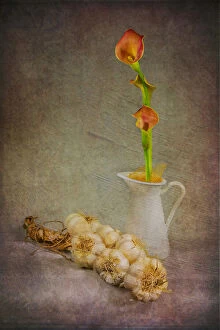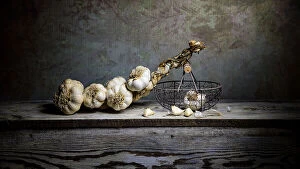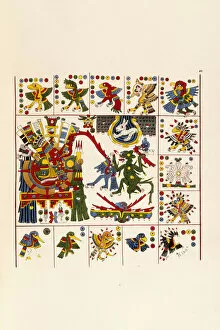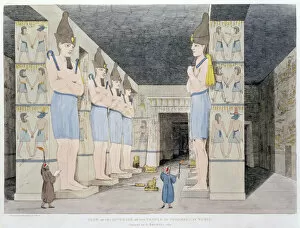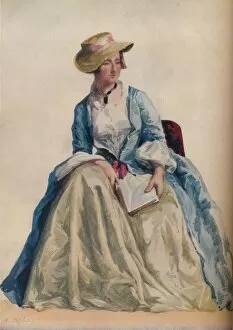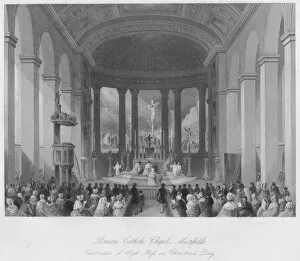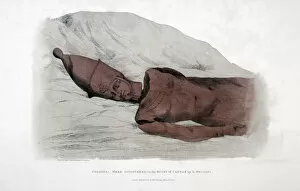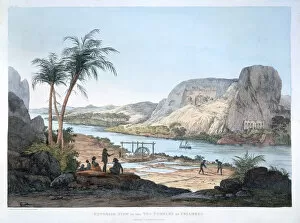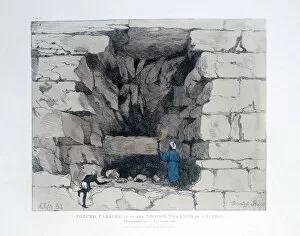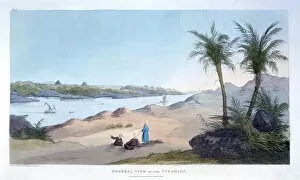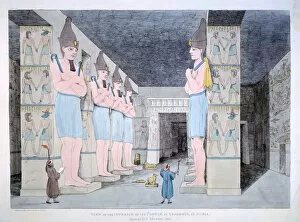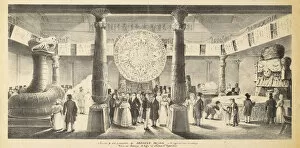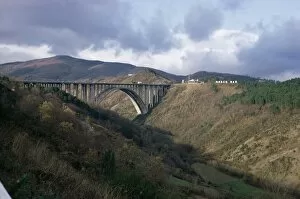Aglio Collection
Aglio, the Italian word for garlic, is not just a flavorful ingredient in many dishes but also an artist's name that left its mark on various historical illustrations
For sale as Licensed Images
Choose your image, Select your licence and Download the media
Aglio, the Italian word for garlic, is not just a flavorful ingredient in many dishes but also an artist's name that left its mark on various historical illustrations. In the book "Antiquities of Mexico, " Agostino Aglio's intricate drawings bring ancient civilizations to life. From the Great Chamber in the Second Pyramid of Ghizeh discovered by Giovanni Belzoni to the stunning Interior of the Temple at Ybsombul in Nubia, Aglio captures architectural wonders with remarkable detail. Not limited to ancient ruins, Agostino Aglio's talent extends beyond history. His Figure Subject painting from 1921 showcases his versatility as an artist. Moving closer to home, we find ourselves immersed in a Roman Catholic Chapel during a High Mass celebration on Christmas Day in Moorfields around 1841. Henry Melville masterfully portrays this religious event while capturing every moment filled with devotion and reverence. Returning to Egypt, where Belzoni made groundbreaking discoveries, we encounter another collaboration between him and Agostino Aglio: The Colossal Head Discovered in the Ruins of Carnak. This artwork allows us to marvel at both Belzoni's archaeological achievements and Aglio's ability to breathe life into antiquity through his brushstrokes. The exterior view of Two Temples at Ybsambul transports us back once again to Egypt's grandeur. With meticulous attention to detail, Agostino depicts these magnificent structures against a backdrop of endless desert sands—a testament to human ingenuity standing tall amidst nature's vastness. As we delve deeper into Egyptian mysteries, we explore more chambers within pyramids—the Great Chamber and Forced Passage—both captured by Agostino with awe-inspiring precision. These illustrations provide glimpses into hidden worlds that have fascinated explorers throughout history. Finally, let us not forget about Allium sativum—garlic itself.

